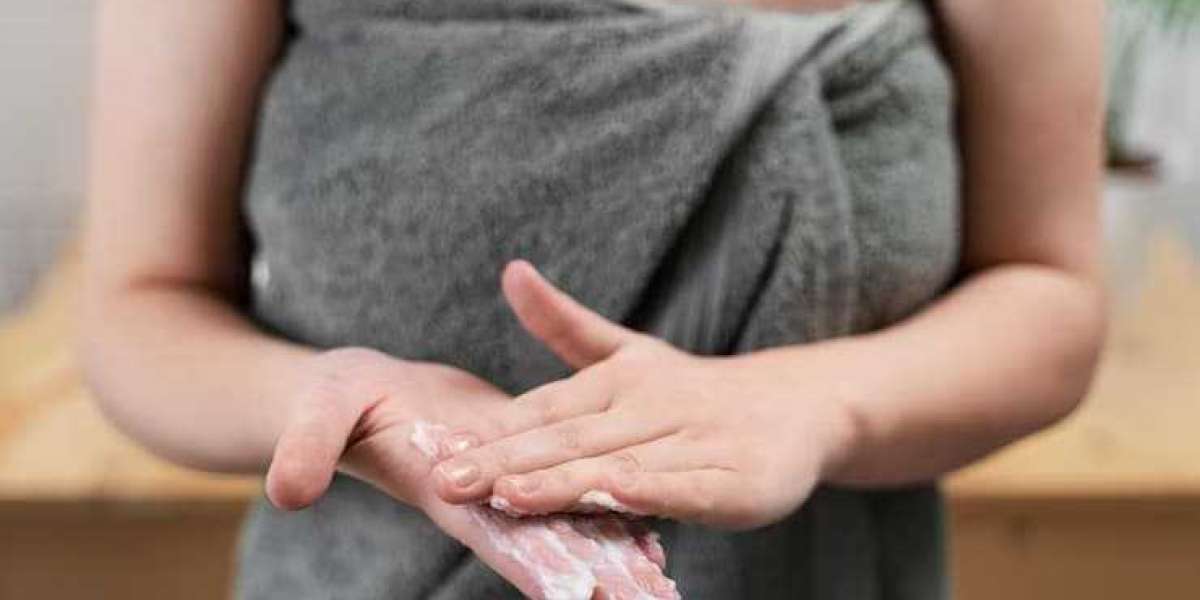Bacterial vaginosis (BV) is a common yet often misunderstood condition that affects many women worldwide. It arises from an imbalance in the natural bacteria present in the vagina, leading to uncomfortable symptoms that can impact everyday life. Among the various treatment options available, bacterial vaginosis cream has emerged as a popular choice for many seeking relief. This article aims to explore the nature of bacterial vaginosis, its symptoms, the role of topical treatments, and the importance of consulting with healthcare professionals for effective management.
What is Bacterial Vaginosis?
Bacterial vaginosis is a condition characterized by an overgrowth of certain bacteria in the vaginal flora. The vagina is a self-regulating environment that typically contains a balance of healthy bacteria, primarily lactobacilli, which help to maintain a slightly acidic pH. When this balance is disrupted, harmful bacteria can proliferate, leading to symptoms associated with BV.
While bacterial vaginosis is not classified as a sexually transmitted infection (STI), certain lifestyle factors, such as sexual activity, douching, and antibiotic use, can increase the risk of developing this condition. Understanding the causes and risk factors is crucial for prevention and effective management.
Recognizing the Symptoms of Bacterial Vaginosis
Many women may experience bacterial vaginosis without any symptoms. However, when symptoms do occur, they can include:
Abnormal Vaginal Discharge: Women with BV often notice a thin, grayish-white discharge that may have a strong fishy odor, particularly after sexual intercourse.
Itching and Irritation: Some individuals may experience itching or irritation in the vaginal area, leading to discomfort.
Burning Sensation: A burning sensation during urination can also be a symptom of bacterial vaginosis, which can be distressing for those affected.
Recognizing these symptoms early on is essential for seeking appropriate treatment and preventing potential complications.
The Importance of Diagnosis
Diagnosing bacterial vaginosis typically involves a visit to a healthcare provider, who will conduct a pelvic examination and may perform tests to confirm the diagnosis. During the examination, a sample of vaginal discharge may be collected for analysis. Key diagnostic methods include:
pH Testing: The vaginal pH can be measured to determine if it is elevated, which is often indicative of BV.
Microscopic Examination: A laboratory technician may examine the discharge under a microscope to identify the presence of abnormal bacteria.
Whiff Test: The provider may add potassium hydroxide to the discharge to check for a characteristic fishy odor, which can further confirm the diagnosis.
Accurate diagnosis is crucial for determining the appropriate treatment plan and ensuring that other potential conditions are ruled out.
Treatment Options for Bacterial Vaginosis
When it comes to treating bacterial vaginosis, several options are available. The primary goal of treatment is to restore the natural balance of bacteria in the vagina, alleviating symptoms and preventing recurrence.
Antibiotics
Antibiotics are often the first line of treatment for bacterial vaginosis. The most commonly prescribed antibiotics include:
Metronidazole: Available in both oral and topical formulations, metronidazole is effective in eliminating the harmful bacteria associated with BV.
Clindamycin: This antibiotic can also be administered in topical or oral forms and is known for its efficacy in treating bacterial vaginosis.
It is important for women to complete the full course of antibiotics, even if symptoms improve before the medication is finished. Stopping treatment prematurely may lead to a recurrence of the infection.
Topical Treatments: The Role of Creams
Among the various treatment options, bacterial vaginosis cream has gained popularity for its convenience and effectiveness. Topical creams, such as clindamycin cream, are designed to be applied directly to the vaginal area. These creams work by targeting the overgrowth of harmful bacteria while helping to restore the natural balance of the vaginal flora.
Using creams can be particularly beneficial for women who prefer localized treatment rather than systemic antibiotics. They can minimize potential side effects associated with oral medications, providing a targeted approach to managing symptoms.
Probiotics
In addition to antibiotics and topical treatments, probiotics may play a role in managing bacterial vaginosis. Probiotics are live microorganisms that can confer health benefits when consumed in adequate amounts. Some studies suggest that probiotics can help restore the natural balance of bacteria in the vagina, potentially reducing the recurrence of BV.
Probiotics can be found in supplement form or in fermented foods such as yogurt and kefir. While they may not be a primary treatment option, incorporating probiotics into one’s diet can complement antibiotic therapy and promote overall vaginal health.
Lifestyle Modifications
In addition to medical treatments, certain lifestyle changes can help reduce the risk of bacterial vaginosis. These include:
Avoiding Douching: Douching can disrupt the natural balance of bacteria in the vagina, so it is generally advised to avoid this practice.
Practicing Safe Sex: Using condoms and limiting the number of sexual partners can lower the risk of developing bacterial vaginosis.
Maintaining Good Hygiene: Regular bathing and proper hygiene practices are essential in preventing the overgrowth of harmful bacteria.
Wearing Breathable Underwear: Cotton underwear allows for better airflow and can help keep the vaginal area dry and healthy.
Potential Complications of Untreated Bacterial Vaginosis
If left untreated, bacterial vaginosis can lead to several complications. These may include:
Increased Risk of STIs: BV can increase susceptibility to sexually transmitted infections, including HIV.
Pregnancy Complications: For pregnant women, untreated BV can lead to premature birth or low birth weight in infants.
Pelvic Inflammatory Disease (PID): BV can contribute to PID, an infection of the female reproductive organs that may cause long-term health issues.
Recognizing the importance of timely treatment can help prevent these potential complications and promote overall reproductive health.
The Importance of Follow-Up Care
After initiating treatment for bacterial vaginosis, follow-up care is essential to monitor progress and address any recurring symptoms. Women should schedule follow-up appointments with their healthcare providers to assess the effectiveness of the treatment and make any necessary adjustments.
During follow-up visits, healthcare providers can offer additional guidance on managing symptoms, preventing recurrence, and maintaining overall vaginal health. They may also discuss lifestyle modifications and preventive measures to empower women to take control of their reproductive health.
Conclusion
In conclusion, bacterial vaginosis is a common condition that requires attention and effective management. With various treatment options available, including bacterial vaginosis cream, women can find solutions that work for them. Consulting with a healthcare provider is crucial for proper diagnosis and tailored treatment plans. Resources like EIR DOC can provide valuable support and information for those navigating the complexities of bacterial vaginosis, ensuring that women receive the care they need to maintain their health and well-being. By staying informed and proactive, women can effectively manage bacterial vaginosis and reclaim their confidence.







